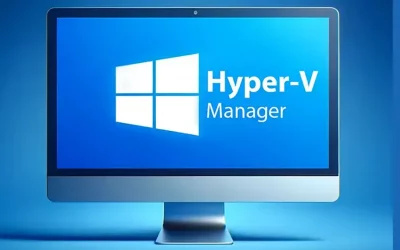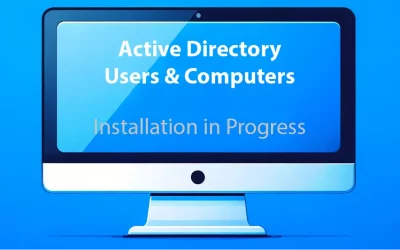Have you ever stopped to think about how much we rely on the cloud in our everyday lives? Picture this: You’re trying to access your favorite streaming service, collaborate on a work project, or check your cloud-synced photos—and nothing works. It’s hard to imagine, isn’t it? That’s because cloud computing has become the invisible backbone of our digital world.
But how did we get here, and where are we headed next?
A Look Back: The Journey of Cloud Computing
From Shared Resources to SaaS
In the early days of computing, shared resources were the norm. Back in the 1960s, John McCarthy introduced the idea of “computing as a utility,” a futuristic concept at the time. Fast forward to the 1990s—when the internet laid the foundation for cloud computing.
Then came the 2000s, a game-changer for the industry. Salesforce pioneered the Software-as-a-Service (SaaS) model, and Amazon Web Services (AWS) launched EC2, making scalable, pay-as-you-go computing a reality.
The Hybrid Era
By the 2010s, businesses blended on-prem infrastructure with public cloud platforms, forming hybrid environments. Technologies like Docker and Kubernetes drove scalability, flexibility, and containerized deployment.
Today, we live in a multi-cloud world—leveraging services across providers, integrating AI and machine learning (ML) into everyday workflows.
Trends Shaping Cloud Computing Today
⭐ Edge Computing: Bringing Data Closer to Home
Imagine a self-driving car relying on the cloud for decisions. Latency could be fatal. Edge computing brings data processing closer to the source for real-time insights and minimal lag.
⚡ Serverless Architectures: No Servers, No Problem
For developers, serverless architectures (like AWS Lambda) mean writing code without worrying about server management. It boosts agility, scalability, and cost efficiency.
✨ Green Cloud Initiatives
Sustainability is non-negotiable. Providers like Google Cloud are committing to carbon-free operations and renewable energy usage to build an eco-friendly future.
🔒 Enhanced Security
Cyber threats evolve—so does cloud security. Zero Trust models and AI-based threat detection systems are shaping a more secure digital environment.
The Road Ahead: What to Expect
🔬 Quantum Cloud Computing
Imagine solving logistics problems or encryptions in seconds. Quantum computing in the cloud will redefine industries with unprecedented processing power.
🔧 Cloud-Native Applications
Kubernetes, microservices, and DevOps are the future. Applications will be born in the cloud, built for scale, speed, and resilience.
🤖 AI-Driven Cloud Services
Expect predictive analytics, smart automation, and real-time decision-making to be baked into cloud platforms. AI integration will empower businesses across sectors.
🏢 Expanding into Developing Markets
The expansion of cloud infrastructure into underserved regions will bridge the digital divide and open doors for global innovation and entrepreneurship.
🎮 Immersive Technologies
Augmented reality (AR) and virtual reality (VR) will increasingly rely on the cloud for seamless, scalable experiences in education, gaming, and business.
Challenges in Cloud Adoption
- Data Privacy: Staying compliant with GDPR and CCPA is a constant challenge for global businesses.
- Vendor Lock-in: Migrating between providers can be technically and financially complex.
- Skill Gaps: The demand for certified cloud engineers and architects far exceeds supply.
Why It Matters
For businesses, the cloud is more than just a technology—it’s a competitive edge. Startups scale rapidly without hardware limitations, while enterprises analyze massive datasets using cloud-powered AI.
From finance to healthcare, education to eCommerce, cloud computing fuels transformation.
So, Where Does This Leave Us?
Cloud computing’s journey is far from over. It’s not just about storage anymore—it’s about creating opportunities, solving problems, and innovating faster.
The next time you stream a show, back up a photo, or use voice search—pause for a second. You’re witnessing cloud computing in action.
And as we look ahead, one thing is certain: The cloud isn’t just here to stay—it’s here to transform.
Related Reading:
External References:
Frequently Asked Questions
What is the cloud?
The cloud refers to servers accessed over the internet that store and process data instead of relying on local devices.
Is cloud computing secure?
Yes—when using secure platforms that follow industry standards, such as encryption, multi-factor authentication, and Zero Trust frameworks.
Can I lose data stored in the cloud?
While rare, data loss is possible. However, reputable providers offer backups, redundancy, and data recovery options.
What is multi-cloud?
Multi-cloud refers to using services from more than one cloud provider to optimize flexibility, performance, and cost.
How do I get started with cloud computing?
Explore services like AWS, Azure, or Google Cloud. Many offer free tiers and certifications to help you learn and launch projects.







